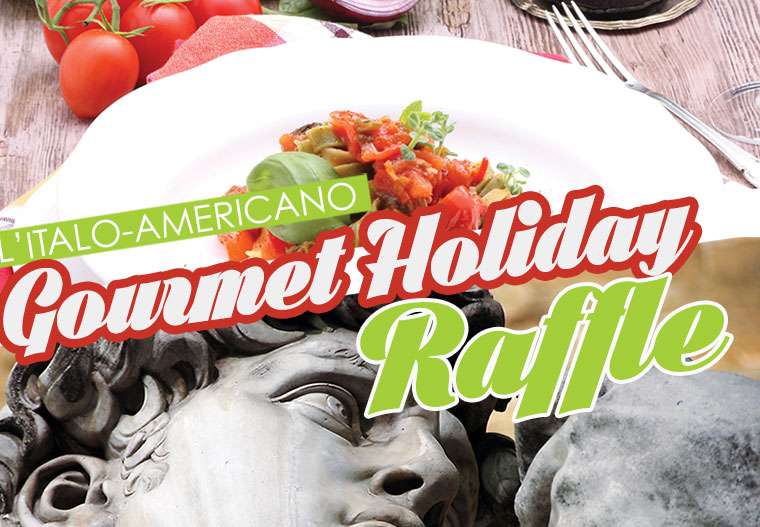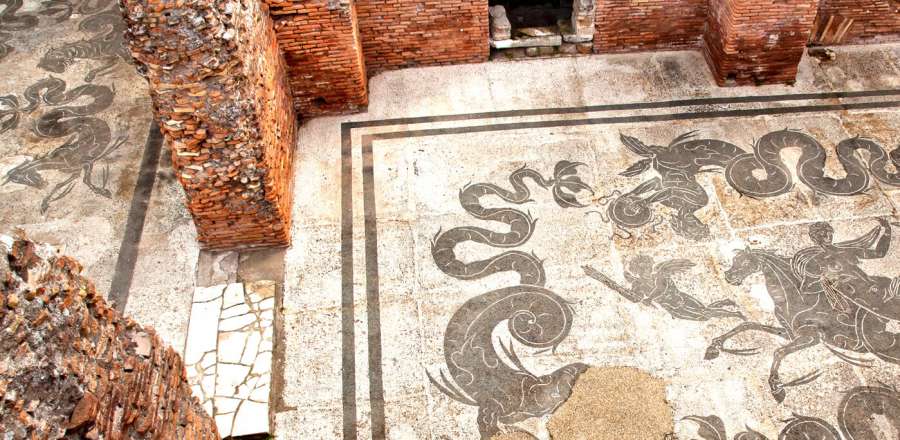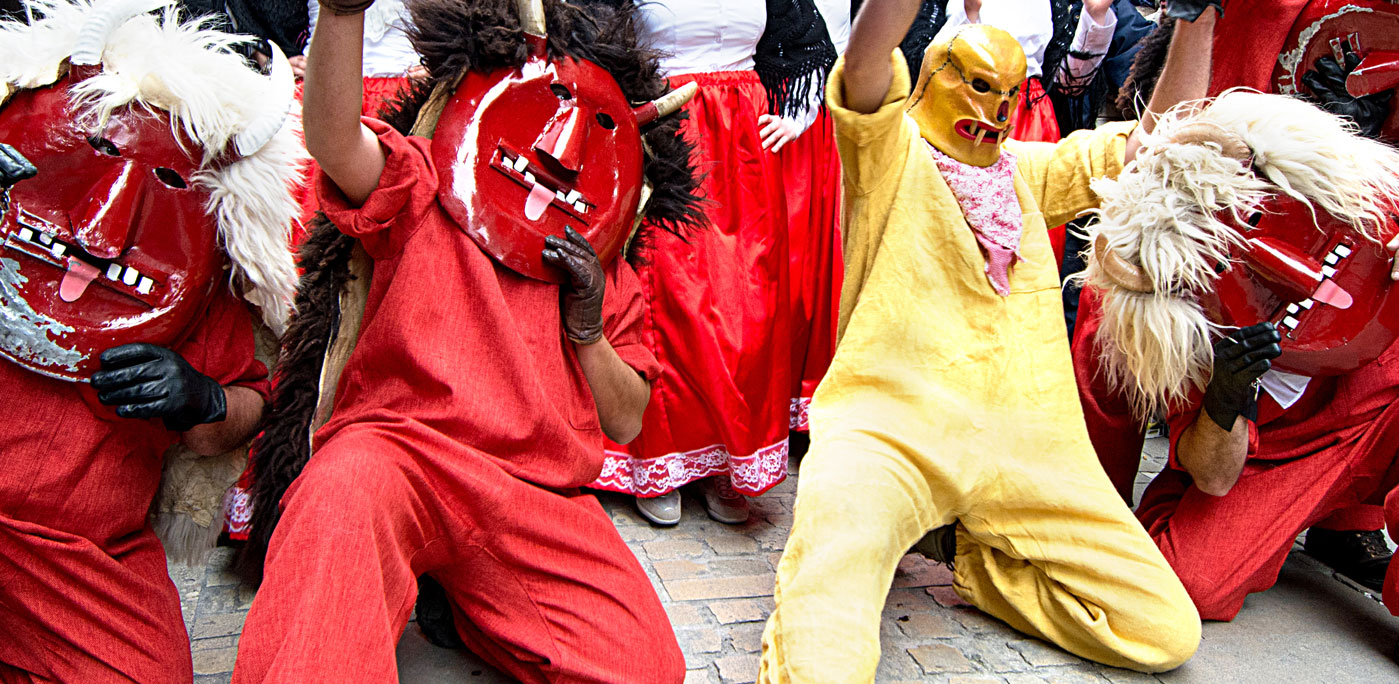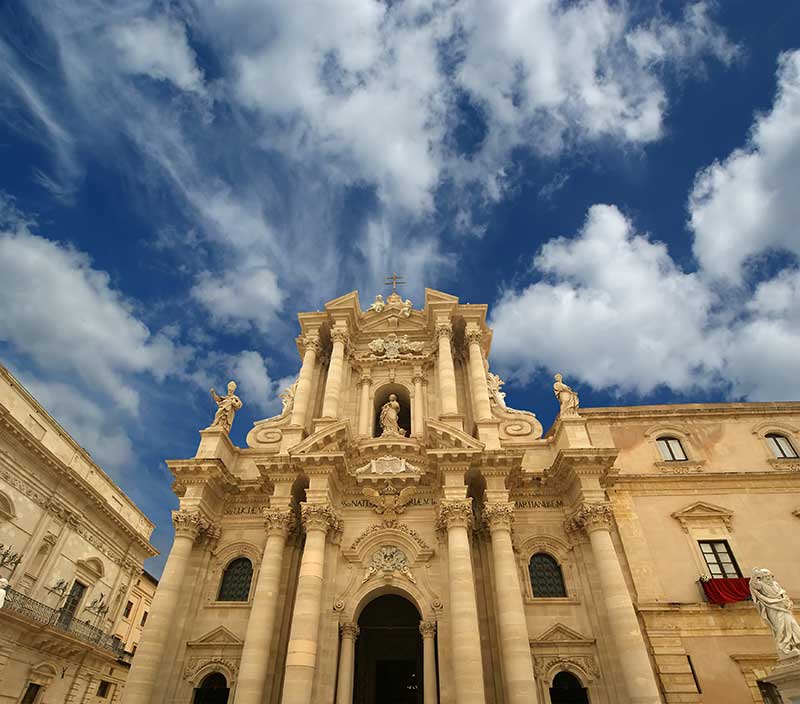St Francis of Assisi invented the idea. Sculptors and woodcarvers have made them for nearly 800 years. And at this time of year they’re a common sight in homes, churches and town squares around the Christian world. But there’s one place that is the undoubted home of the Nativity scene and that’s Naples’ Via San Gregorio Armeno at the heart of the historic center. Lined with dozens of workshops selling manger scenes this is the street where it’s Christmas all year round. It’s so unique that UNESCO certified it as a world treasure. So whether you’re looking for a nativity made of plaster, terracotta, wood or chocolate this is the place to come. Let’s take a walk to see what’s on offer.
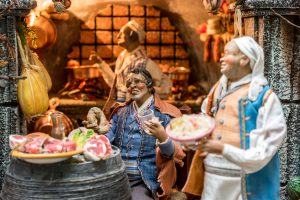
The origins of the nativity scene
Known as a nativity scene, crib, manger or crèche in English, Italians know them as a presepio or presepe. Whatever we call them they depict the birth of Christ in a stable in Bethlehem and date back to the middle ages; a time when only the educated few could read the Bible.
In 13th century Umbria a young monk named Francesco was just back from a pilgrimage to the traditional birthplace of Christ in the Holy Land. Inspired by his trip he was keen to spread the word and teach his local parishioners the story of Christmas. But as most people didn’t have the opportunity to visit Bethlehem themselves, Francesco needed something to bring the Bible story to life in Italy. His solution was to recreate the nativity scene in a cave in Greccio, Lazio. But he didn’t just use pictures or carvings; he installed a live ox, a live donkey and a real baby in a manger surrounded by straw. And so was born the tradition of a church presepe or crib scene in 1223.
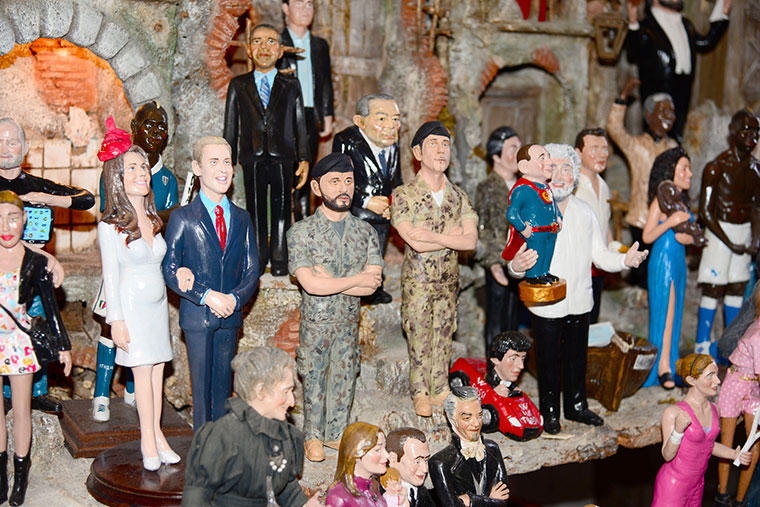
Naples and Nativities
Fast forward 260 years to the workshop of two Neapolitan artists and brothers Pietro and Giovanni Alemanno.
San Francesco’s idea of recreating the nativity scene had taken hold, with the blessing of Pope Honorius III, and within 100 years every church in Italy had followed suit. Gradually statuettes and figurines in elaborate staged settings had replaced the live people and animals. And that’s where Pietro and Giovanni come in as they’re credited with carving the oldest known wooden nativity still in existence for the Church of San Giovanni a Carbonara in Naples around 1480.
Nativity scenes continued to grow in popularity with many Italian cribs exported to Catholic churches around the world and Naples was at the heart of their elaborate production. Indeed Charles VII, crowned King of Naples in 1735, was a huge fan of presepi, collecting many of the elaborate scenes from local artists and inspiring others to do the same.
The Via San Gregorio Armeno
Also known locally as Via San Liguori, or Figurine Street, the Via San Gregorio Armeno is one of Naples oldest roads. And its history has long been linked to religion as the church from which the road takes its name is, rather aptly, built over a Roman temple to the deity Cerere who was a Mother Earth figure and goddess of fertility, harvest, and birth.
The narrow street is lined on both sides with shops, workshops and tiny museums all dedicated to the nativity scene. Walk down the gently sloping lane and stalls spill out in front of you, laden down with figurines, statues or statuettes to add to your nativity. They hang from the walls and pile up on the pavement too; this really is presepe central.
Many shops, like Ferrignollarco’s that opened in 1836, are third, fourth or even fifth generation nativity makers, some specializing in the manger setting, others in the figures. But the artisans of Via San Gregorio Armeno aren’t just famous for their religious art, they also produce figures from Neapolitan tradition and current affairs. Some are renowned for their fishermen and winemakers produced alongside the shepherds and three wise men, whilst others are celebrated for their satirical and political caricatures. Last year’s figures included US Presidential hopefuls Hillary Clinton and Donald Trump. And previous offerings have included Barack Obama, Silvio Berlusconi and, of course, Pope Francesco, namesake of the original creator of the crib scene which brings us right back to where we started.
Ultimately the presepi of Via San Gregorio Armeno in Naples are famous the world over as the best. And from the centuries old manger scenes, to the collections of aficionados like King Charles III to the simple souvenirs bought by today’s visitors, the figurini and statuini of Napoli have been recreating the story of the nativity for centuries. So whether you want a simple wooden or wax presepe for a family side table or an epic hand-painted terracotta scene with dozens of animals and Biblical characters to set in your town square Naples’s Christmas Street has everything you need. But if you want to beat the rush, you’ll have to be quick. Just don’t forget that whilst all the main figures gather throughout December, the Christ-child is only added on December 24th. Buon Natale tutti!

